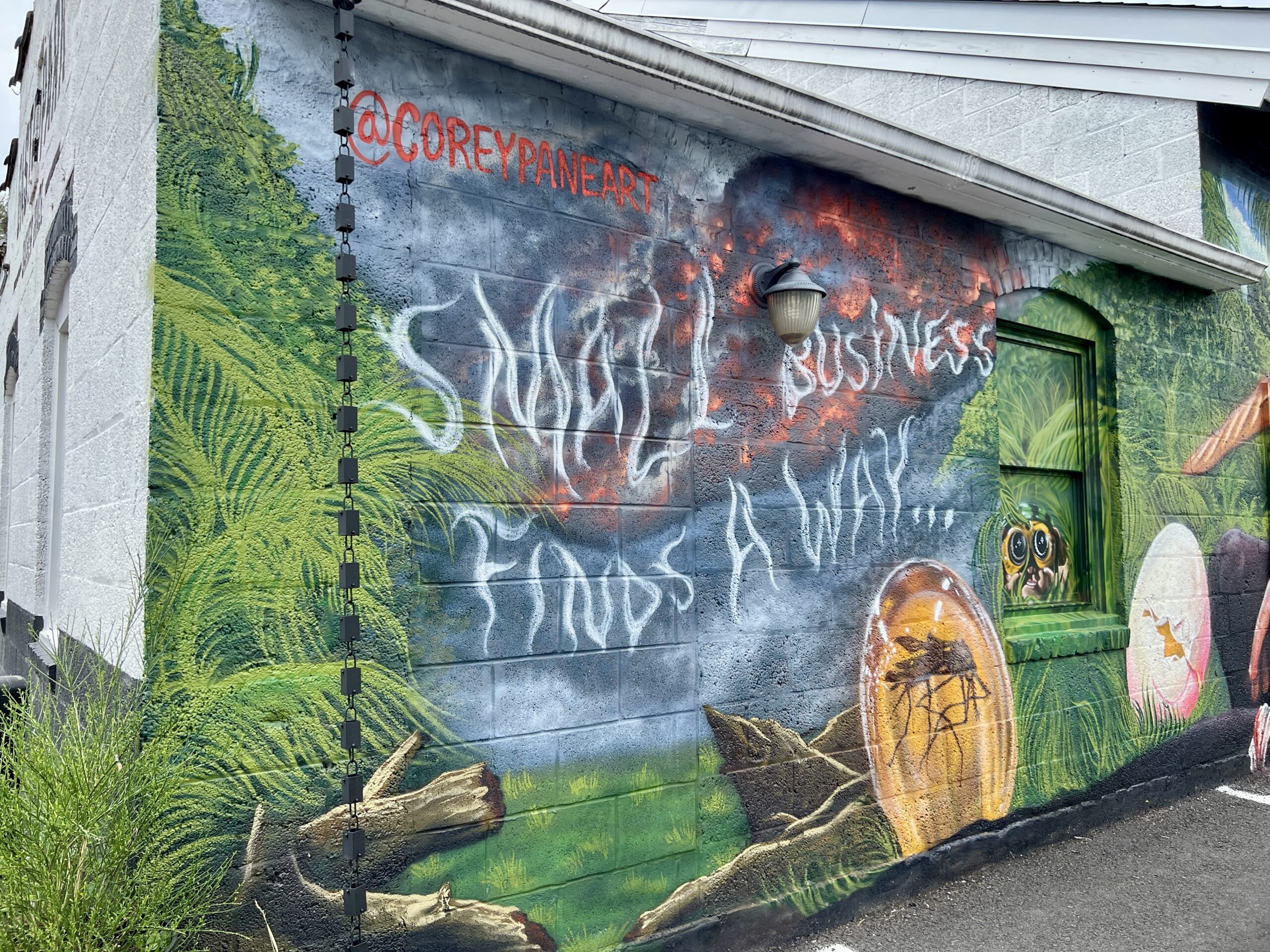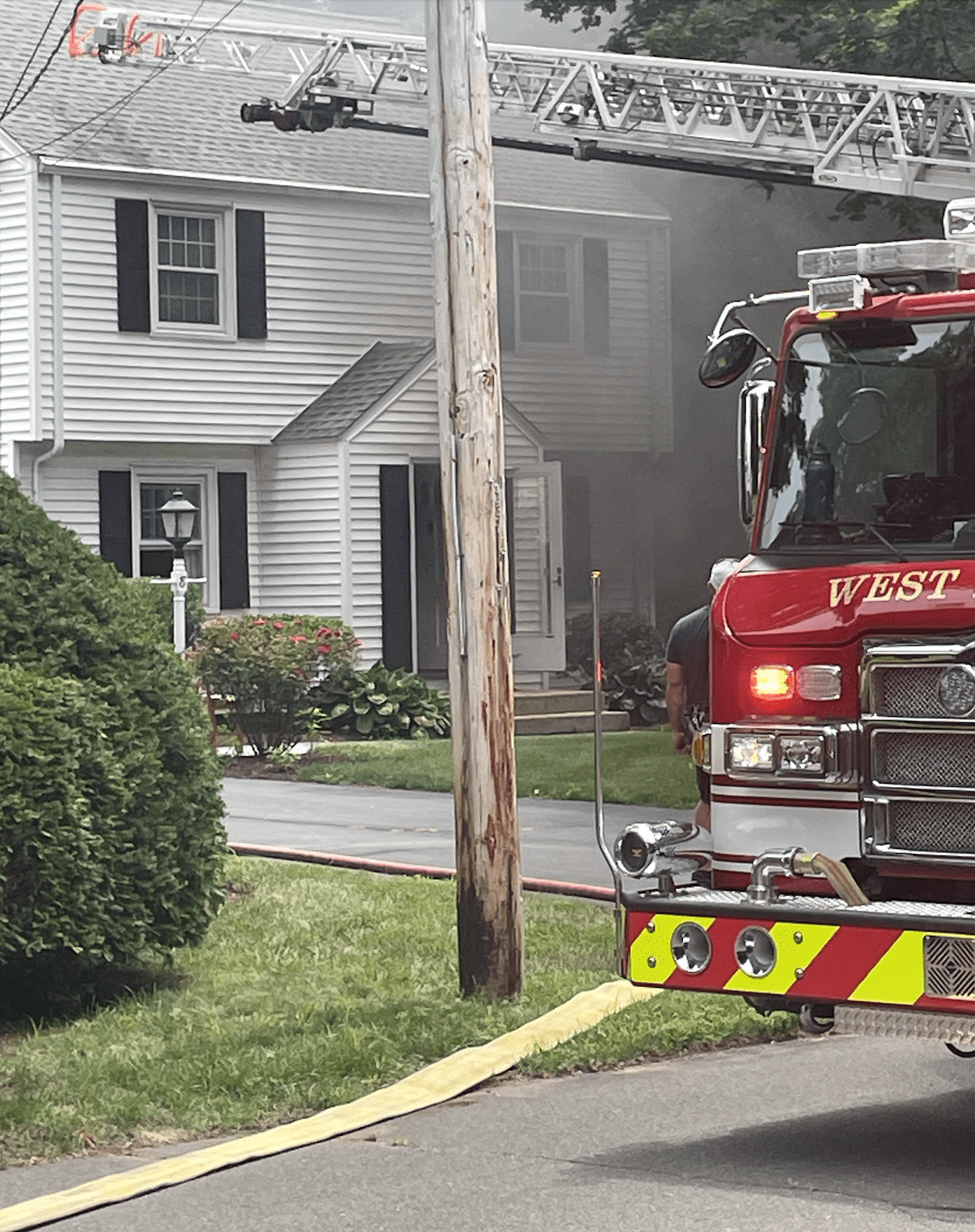When Planning your Garden, Please the Bees

Audio By Carbonatix
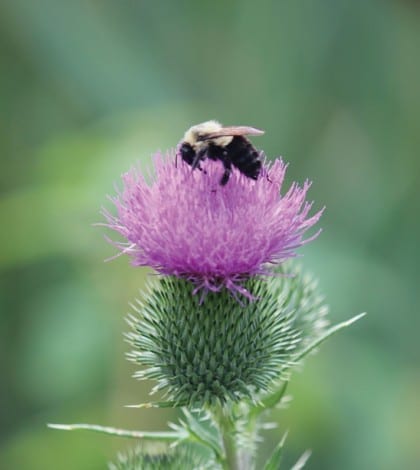
Bee on thistle. Courtesy of Barbara Ricketts
by Karla A. Dalley
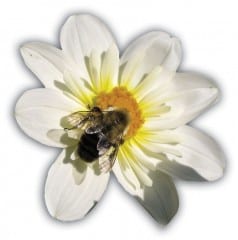
Bee on flower. Courtesy of Barbara Ricketts
It’s almost old news that bees are in trouble. But when the President of the United States issues a memorandum creating a task force to promote honeybee and pollinator health, suddenly, that’s even bigger news!
The task force is specifically concerned with honeybees and monarchs, the two most threatened species, but we as gardeners know that many of our native bees like bumble bees and other types of butterflies like spicebush swallowtails and great spangled frittilaries have been declining, if not threatened, for years.
So how do we plant a garden that will be beautiful to us and helpful to pollinators? It’s easier than you think. But before we go any further, I want to address a common misconception about most bees. Bees are not wasps or hornets. That may sound silly, but so many people are afraid of being stung that they won’t plant flowers or they won’t consider planting something that might “attract” bees.
Bees have a job to do and that is to pollinate plants. When they are doing that job, unless you grab them with your bare hand, they will not sting you. They might do certain things that seem a little scary like flying near to you to see what you are doing. This will especially be true if you are wearing blue, lavender, yellow or white. They might mistake you for a large flower, particularly if you are wearing something with a scent. Do not be alarmed, and do not wave your arms as if you’re trying to signal a 747. Stay calm: if you have to, close your eyes so that you don’t start batting at the bee. It will fly away.
As someone with 8 years in retail gardening, I worked around flowering plants all summer. As a demonstration, I would often pick up a potted plant or shrub that was covered in bees to show children that bees are gentle and do not sting. And of course I’d often carry bee-covered plants to customers’ vehicles and gently dislodge any strays before loading them. Bees are pollinators; remember that they are just doing their job.
When choosing flowers for them to pollinate, you’ll want to select plants in the range that they see best. It is those colors I mentioned above: blue, lavender (or purple), yellow and white. Interestingly enough, butterflies also see these colors well so you will most likely get bonus butterflies as well.
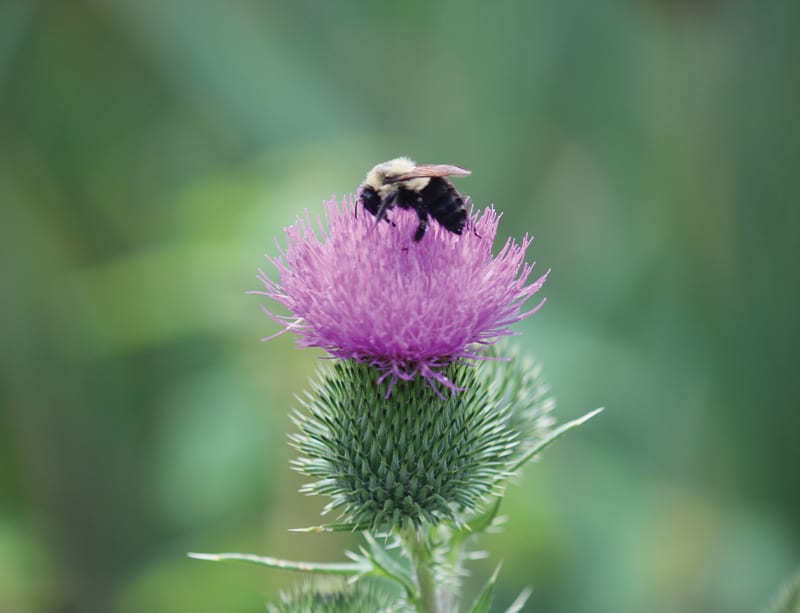
Bee on thistle. Courtesy of Barbara Ricketts
There are choices in trees, shrubs, perennials and annuals and your favorite garden center can help you choose the best flowers for your particular garden, whether it’s sunny, shady, or even just a patio or deck. Even a container here or there can help the bees. I planted all my containers this summer with pollinators in mind!
For some ideas to get started in a sunny spot, coneflowers, salvias and black-eyed susans are long blooming, colorful and pollinator favorites. They are all perennial. Add some petunias, marigolds, or zinnias (annuals) for long blooming all summer color and you are on your way to having some happy pollinators!
In the shade, New Guinea impatiens is a surprising choice for an annual. Perennials include cardinal flower (lobelia), which comes in red, blue and purple and turtlehead (chelone) as well as the popular and colorful coral bells (heuchera).
The more difficult part comes next. Bees (and butterflies) are highly susceptible to pesticides. You will need to be careful about pesticide use, or time the application of your pesticides to times of day when bees are less active. If you have a lawn service, that may not be possible.
If, however, you do your own lawn care, try to apply any pesticide, whether it’s organic or chemical, in the evening when bees and butterflies are less likely to be active.
A reminder: a pesticide is more than merely an insecticide. It is also an herbicide (weed killer) and fungicide too – even rat and mouse poisons are pesticides. So you may actually be using far more “pesticide” than you thought you were.
Finally, get out and enjoy watching bees and butterflies in your garden. Bees come in an amazing number of sizes and shapes. There’s a reason they call them “bumble” bees – they actually do “bumble” clumsily from flower to flower when pollen laden (check their back legs – they’ll be coated in yellow).
And bee-pollinated flowers are not as likely to cause allergies either because the pollen is “sticky” so it will stick to the bee and not float in the air. So go enjoy the garden this summer, bees and all!


